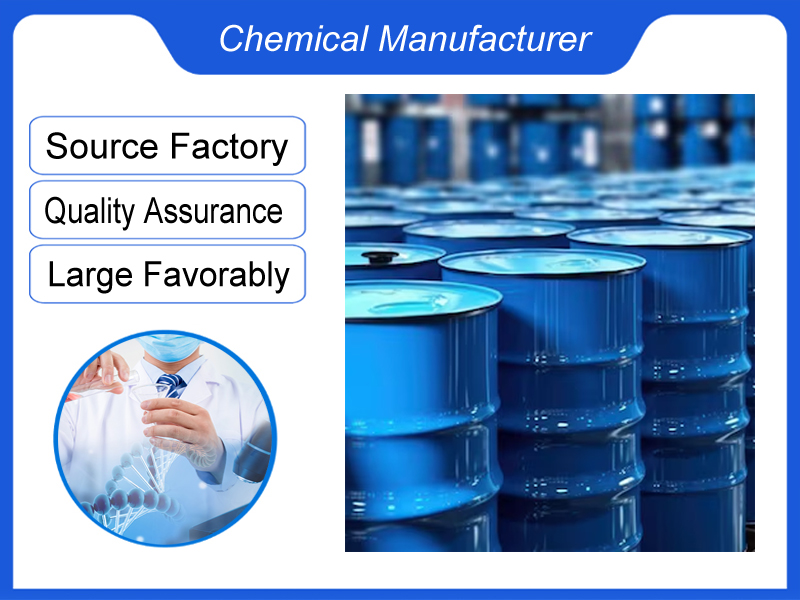
Flexible resins
We are a manufacturer based in China. We specialize in providing high-quality Flexible resins for industrial clients across various sectors. Whether you need chemicals consultation or technical support, our team is here to help.
Category:Paint chemicals Own Brand:MT /MOQ:100KG /From China/ B2B only.
Introduction
Flexible Resins: Overview and Key Properties
| Category | Details |
|---|---|
| Chemical Type | Elastomeric polymers (silicones, polyurethanes, etc.) |
| Curing Mechanism | UV, thermal, or two-part curing |
| Appearance | Clear, translucent, or colored liquids |
| Key Feature | High elasticity & impact resistance |
Common Types & Properties
| Resin Type | Elongation at Break | Shore Hardness | Primary Use |
|---|---|---|---|
| Flexible Polyurethane | 150–600% | A30–A90 | Prototypes, gaskets |
| Silicone Rubber | 300–1000% | A10–A50 | Medical devices, molds |
| TPE (Thermoplastic Elastomer) | 200–800% | A60–D50 | Consumer products |
| Epoxy Hybrid | 50–200% | D30–D70 | Impact-resistant coatings |
Performance Characteristics
| Property | Typical Value |
|---|---|
| Tensile Strength | 1–15 MPa |
| Tear Strength | 10–50 kN/m |
| Rebound Elasticity | 30–80% |
| Minimum Bend Radius | 1–5 mm |
Processing Methods
| Method | Conditions | Cure Time |
|---|---|---|
| UV Curing | 365–405 nm light | 10–60 sec |
| Thermal Curing | 60–120°C | 1–24 hrs |
| Two-Part Mixing | RT (Room Temp) | 5 min–6 hrs |
Applications
| Industry | Use Cases | Key Benefit |
|---|---|---|
| 3D Printing | Wearables, prosthetics | High detail flexibility |
| Automotive | Seals, vibration dampers | Durability |
| Medical | Soft-tissue models | Biocompatibility |
| Consumer Goods | Phone cases, toys | Shock absorption |
Advantages vs. Rigid Resins
| Feature | Flexible Resins | Rigid Resins |
|---|---|---|
| Impact Resistance | Excellent | Poor |
| Durability | High (flex cycles) | Brittle |
| Applications | Dynamic parts | Structural parts |
Safety & Handling
| Parameter | Guidelines |
|---|---|
| Skin Contact | Low toxicity (silicones); PPE for polyurethanes |
| VOC Emissions | Low (UV-curable) to moderate (two-part) |
| Storage | 6–12 months (avoid UV/heat) |
Market Data
| Segment | Market Share | Growth Rate (CAGR) |
|---|---|---|
| 3D Printing | 40% | 9.2% |
| Medical | 25% | 7.5% |
| Industrial | 35% | 6.8% |
Key Benefits & Limitations
| Advantages | Limitations |
|---|---|
| Extreme durability under stress | Lower tensile strength than rigid resins |
| Realistic material feel | Longer curing times (some types) |
| Wide range of hardness options | Higher cost than standard resins |
Summary
Flexible resins enable innovative applications requiring elasticity and toughness, from medical simulations to functional prototypes. Advances in UV-curable formulations are driving adoption in 3D printing, while silicones remain dominant in healthcare.
This product is a modified epoxy resin product with excellent flexibility performance.
By grafting flexible soft segments at the end of the epoxy polymer molecular structure, it solves the problems of decreasing the internal strength of the cured product, decreasing the electrical and chemical resistance properties, and cracking the product after adding plasticizer to the traditional formula.
Self-contained lively epoxy group enhances its reaction activity with the curing agent, so that the cured product not only has good elasticity, high elongation characteristics, but also has excellent chemical resistance, electrical insulation properties and mechanical strength.
The product has good water and chemical resistance, strong adhesion and good toughness.
The flexible epoxy resin can have a wide range of applications in electronics, electrical, coatings, adhesives and so on. Such as epoxy soft electronic potting adhesive, transformer, transformer casting material, crystal drip glue, elastic floor coatings, civil engineering construction adhesive (concrete bonding, repair, paste tiles, etc.), elastic sealant.
If you're ready to take the next step or Request Free Samples, Leave your message below and we’ll reply soon. 20+ years of chemical manufacturing & export experience, a partner you can trust.





